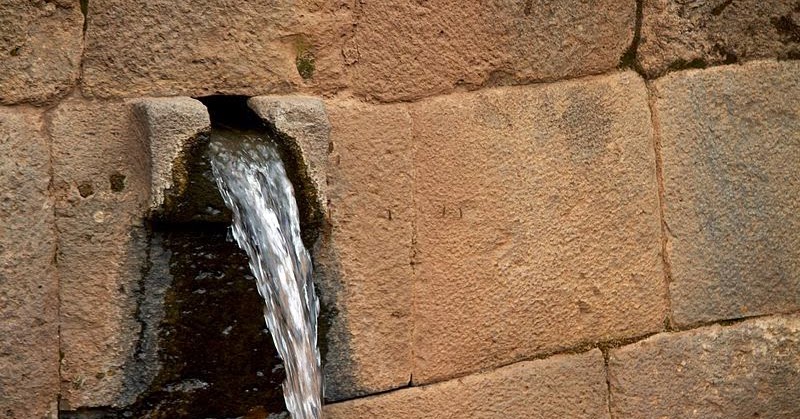

This is theoretically possible, but I have not been able to find any credible evidence that this actually works.

Some of "catalytic filters" that uiilize zinc-copper alloy are also supposed to remove chlorine. There is of course no scientific basis for any of these statements, and no credible performance data is offered. Īlthough this stuff may sound "scientific" to some, even a first-year Chemistry student should recognize the gross misuse of the term "electronegativity" in the first example. The catalytic reaction caused by the patented alloy in the Panther Fuel Stabilizer prevents covalent bonding ( or sharing of valence fields) of the fuel molecules which keeps the hydrocarbon aggregates in fine colloidal suspensions. Īs the fuel passes over the catalyst, the larger aggregates of hydrocarbon fuels are broken down into smaller colloidal units. Therefore, the core loses (gives up) more electrons than it acquires to elements such as Hydrogen (H?) ions which have an electronegativity of 2.1 and ionic compounds (radicals) such as SO?²?, and CO?²? which have higher electronegativities than the core alloy. The electronegativity of the core alloy is less than the overall electronegativity of the water solution. Another company hits both the water- and fuel-treatment markets: One previously well-known site promoted their device for agricultural operations as well as for ordinary water treatment what is presumably the same product is available and its "working principle" is illustrated here. The number of companies offering "catalytic" water conditioners seems to have declined recently some remaining ones are EWS, StWS, and SaWS. Not surprisingly, I have been unable to find any evidence in the reputable technical literature that these devices can soften water. From the standpoint of chemistry, the idea that "hardness" ions can be neutralized in this way is ludicrous any metal that is sufficiently electropositive to do this would also decompose the water itself! Hardness-ion precipitation does not involve electron transfer in any way. Other sites on the catalyst supposedly remove electrons from the bicarbonate ions. Thus neutralizing hardness ions such as Ca 2+ and Mg 2+. That certain metal catalysts are able to inject electrons into the water,
.jpg)
These are supposed to work on the principle "Precious metal" catalyst bunkĪ number of devices that depend on the purportedĬatalytic properties of certain alloys of "precious and semi-precious

It would also react with soaps to produce scums in laundry and bathtubs. But even if the solid carbonates were filtered out, the remaining water would be saturated and capable of forming scale on heat exchanger surfaces and leaving evaporative deposits in teakettles and on surfaces. Many groundwaters are supersaturated in hardness ions, and it is conceivable that a suitable catalyst could cause this excess material to precipitate out. Catalysts cannot soften waterĪnyone who has passed first-year Chemistry should know that a catalyst can only influence the rate of a reaction, not its final outcome, which depends entirely on thermodynamics. In many of these instances, the use of the term "catalytic" has less to do with catalysts than with giving what amounts to "magic" a scientific-sounding cloak. Beginning in the 1990s, a number of water treatment promoters claimed to use a "catalyst" of some kind to "soften" water or at least to prevent scale formation. Magnetic water treatment, as discussed in the MagScams


 0 kommentar(er)
0 kommentar(er)
